overview
This is going to talk about software, what it is, what makes it strange, how it became what it is today, looked at it through the lens of artificial intelligence.
What are the socio-cultural dynamics which made software what it is today? What are some of the myths and beliefs that pushed research forward? What are the actions we are taking to sustain that myth?
In the second part of this session, we will review what we've learned last time about programming, and apply it towards building a simple Twitter surveillance program.
summary
- intro
- intro
- software
- software
- recap
- recap
- artificial intelligence
- artificial intelligence
- big data
- big data
- responses
- responses
- group checkin
- group checkin
- programming basics
- programming basics
- web design
- web design
- conclusion
- conclusion
intro
digital culture - artificial intelligence
welcome!
plan for today
-> history of programming
-> practice of programming
-> artificial intelligence principles
-> big data and training data
-> javascript: dynamic layout and text
housekeeping
final presentations are in 2 weeks.
at this point, you should be finishing gathering your data, and starting the analysis.
final submissions should be made on glitch
- introduction
- methodology
- results
- analysis
- conclusion
you have the option to have additional media for your submission (youtube channel, instagram account, tiktok account, twitter account, etc.)
What you should be focusing at this point is to finish up all of your data collection, and start analyzing it:
- What are the most important findings? What are the secondary findings?
- Does it correlate with what you've read? Which aspects of your bibliography does it reinforce?
- Does it contradict what you've read? Why do you think that is?
As for problems, if there is anything that you're not certain about, you should be getting to it right away, in order to set aside any possible obstacle. Never recorded a podcast? Record a test interview. Never shot a video? Shoot a quick video. Make sure you know how to use all the software needed to make it sound/look good (respectively Audacity/OpenShot/iMovie/Windows Movie Maker, etc.)
software
Software didn't just "appear", it has been constructed through a complex interplay of science, engineering, anthropology and sociology. It is what we call a sociotechnical object, an object which reaches from, and back into, both society and technics.
Because software can be so elusive, we will look at it from multiple perspectives:
- its history,
- its language,
- its specificities
- and its metaphors.
https://mitpress.mit.edu/books/codespace
the role of instructions
are computers very smart or very stupid?
- very smart because people make them smart
- they're stupid because they have to be programmed
- they're stupid until you make them smart
computers are very fast
Software is a set of instructions that can be executed at any scale, and that can calculate anything that can be calculated. Software is both everything and nothing. It is like speech: powerful, but ephemeral, ordering the doing, both subduing and subdued by action.
Software is abstraction. It is a series of operations that can operate on any numerical formula.
Software is the moment when the human interfaces with the (computing) machine, before the machine interfaces back with the world. Software is the language of the digital and, in order to understand the digital, we must understand software.
However, software is also human-made, with its messiness appearing whenever it is confronted with the analog nature of real life.
software history
it starts with a desire for a universal, non-ambiguous language

charles babbage (proto-computer) -> differential engine
ada lovelace (first programmer)
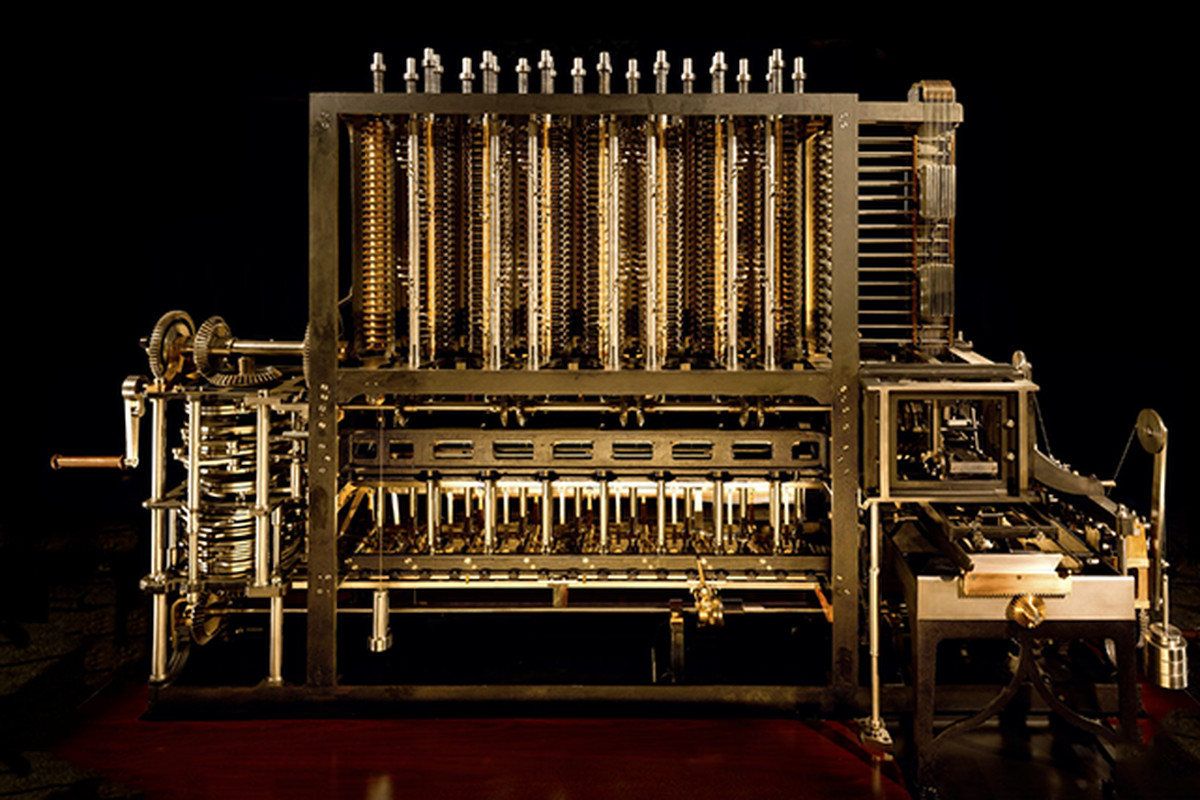
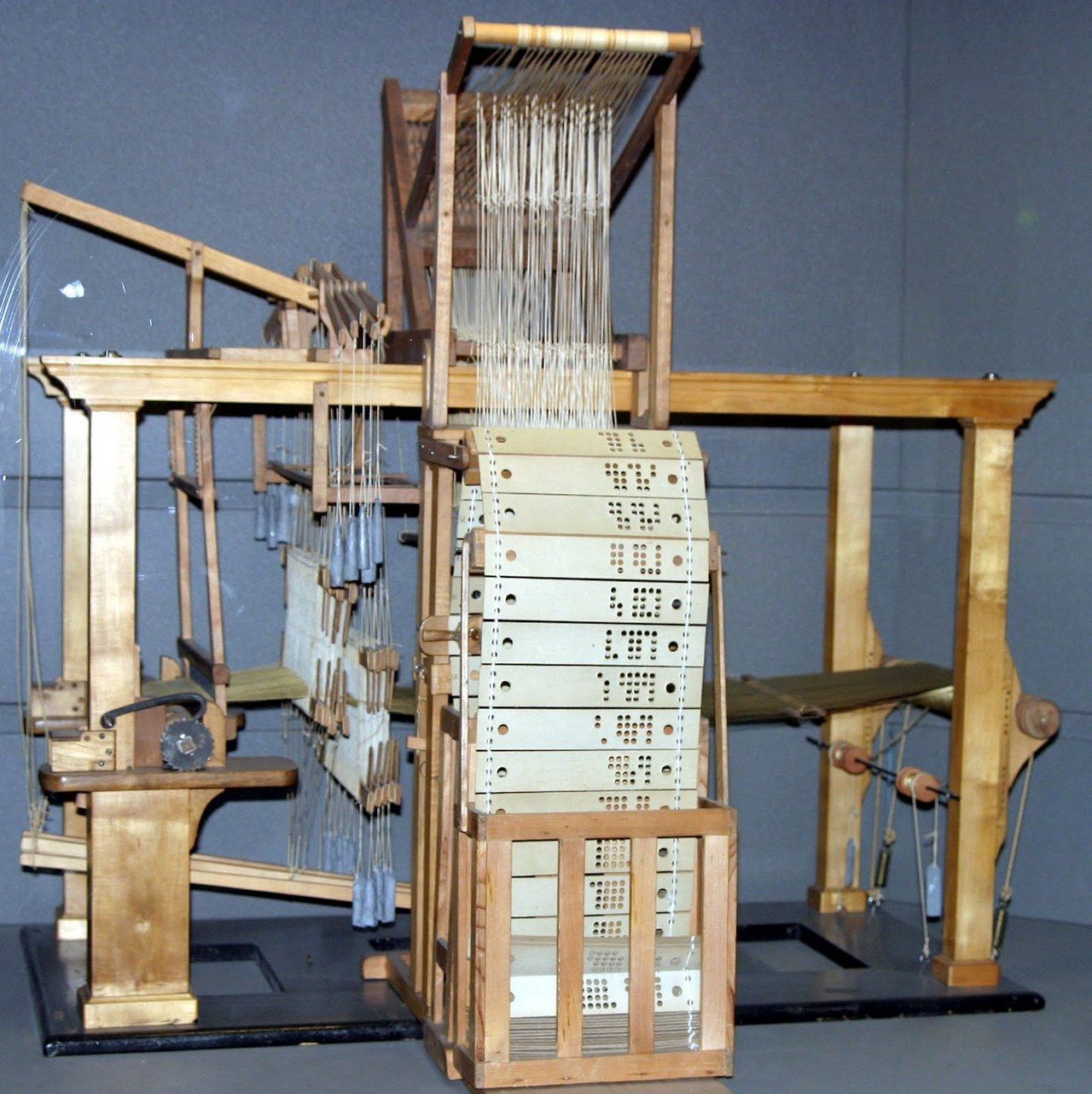
jacquard loom
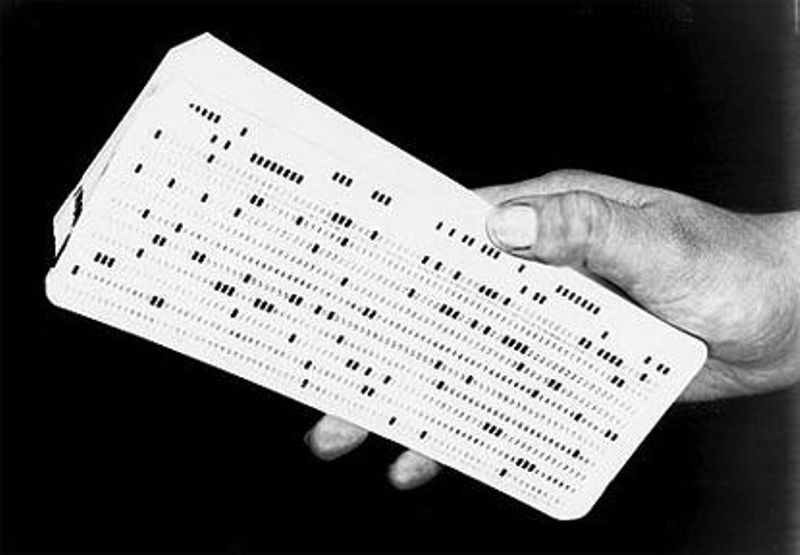
IBM punch cards, 1920s
alan turing (theoretical machine)

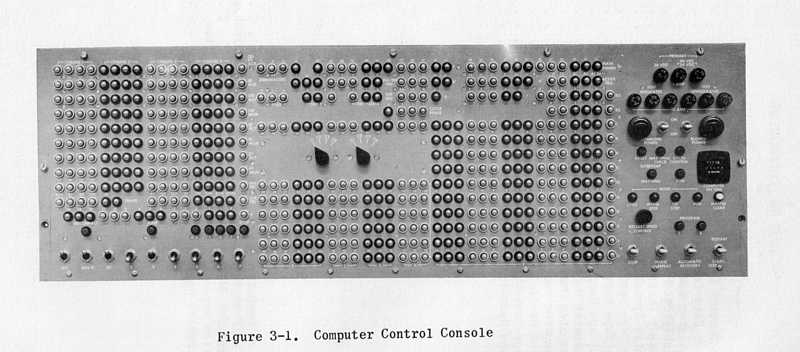
0001 1001
a bit is just a 0 or a 1
a byte is 8 bits grouped together
(basically george boole turned into electricity)
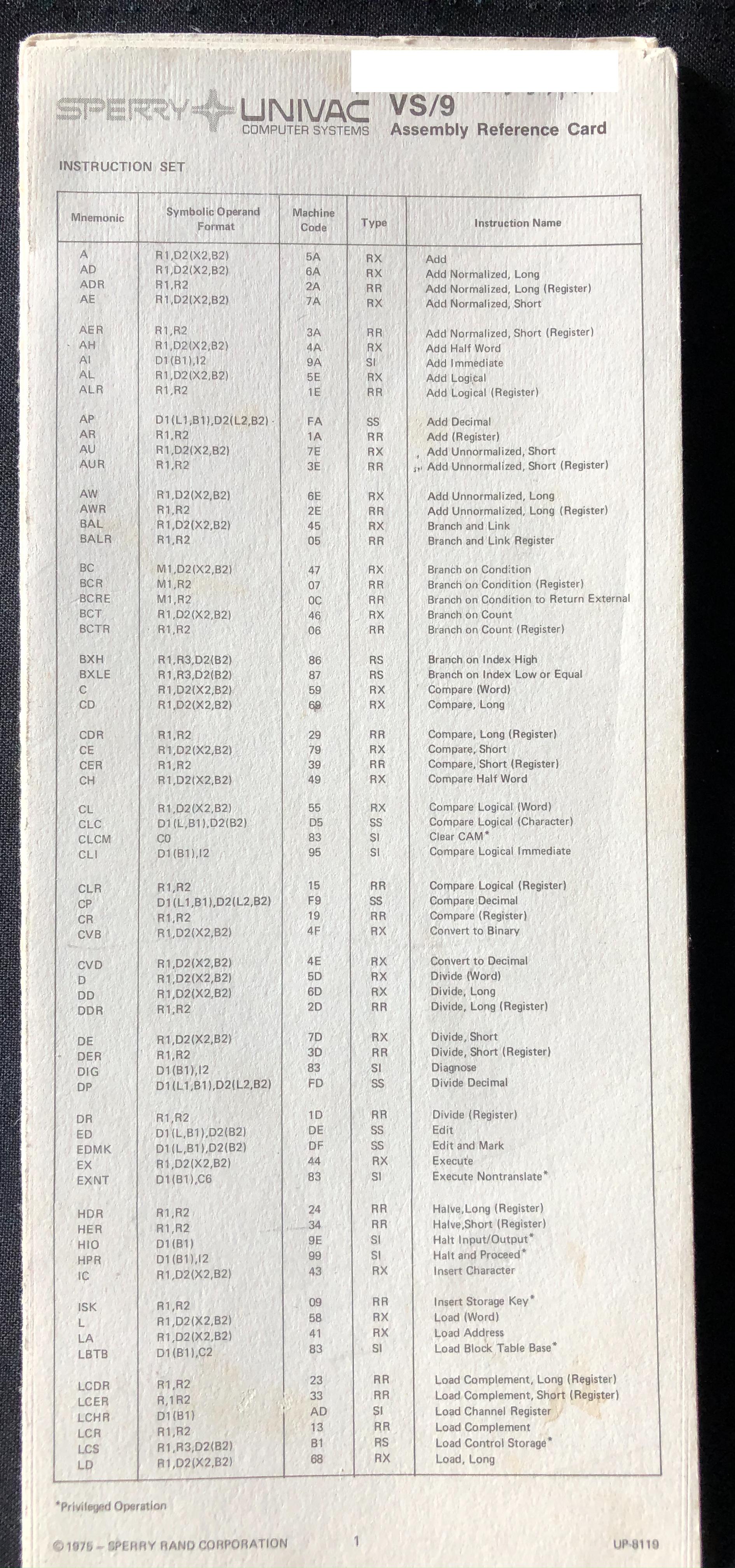
john von neumann (practical computer)
grace hopper (professional programmer and navy rear admiral)
The first computers did not have any software with them. Software is what tells the hardware how it should behave, and the first computers were not programmable computers, they couldn't be reprogrammed without being actually physically rewired. The software, then, the process of rewiring a computer, was the responsibility of the computer, the female secretaries and clerks which followed the orders of the male mathematicians and scientists to implement the algorithms they wanted to calculate. It was considered at the time that "proper" computer science was to be done as far away from the computer as possible, since it was "a girl's job".
This early form of command and control architecture, in which we tell the computer to execute some tasks, comes from another existing form of control, that of power relationships between gender. It is only when software became more interesting than hardware (i.e., when software could be run on more than a handful of computers) that programming gained in popularity and that the involvement of women dropped drastically.
the decoupling
1969, new jersey AT&T, UNIX
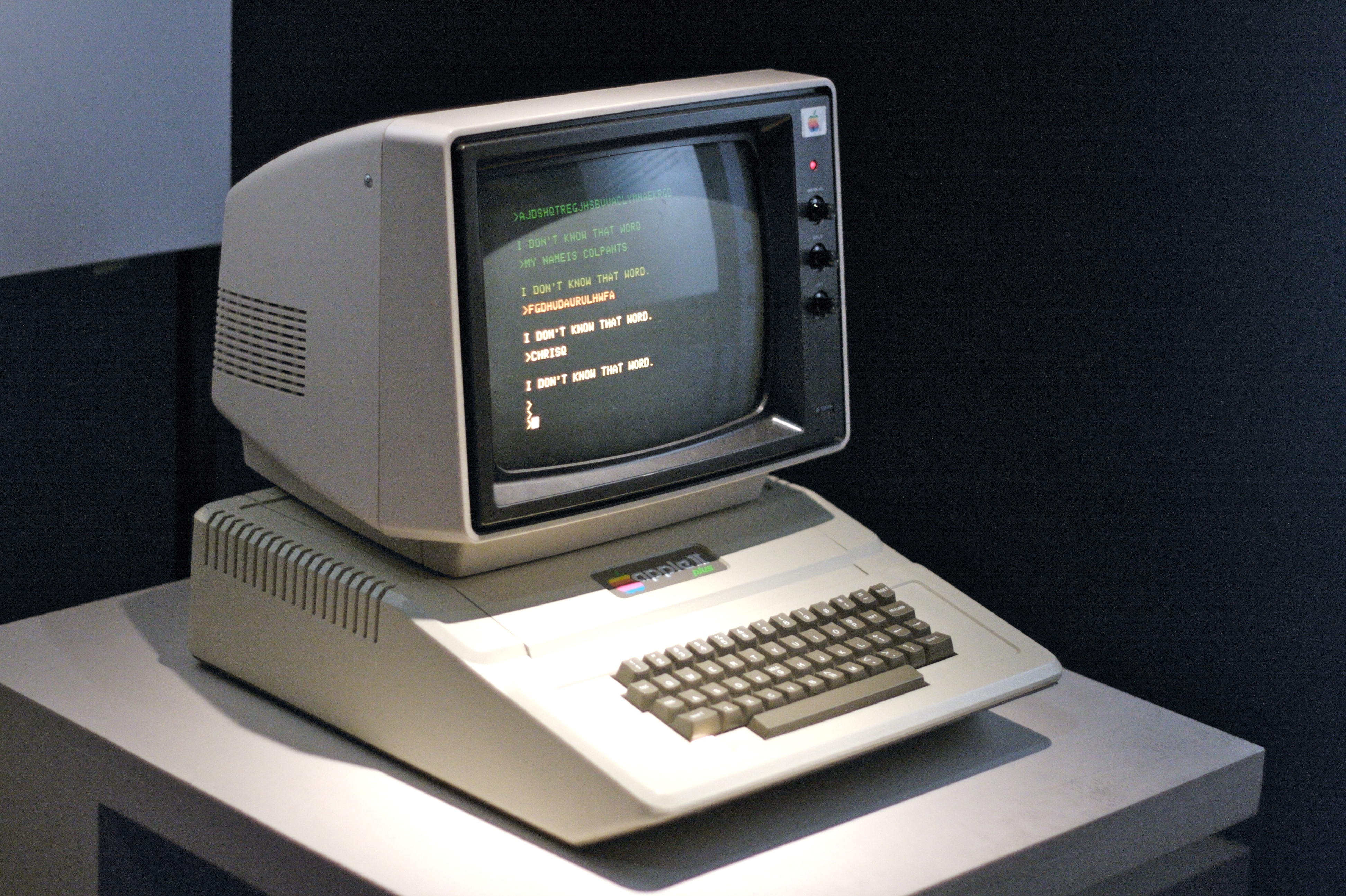
1979, the Apple II
1981, MS-DOS

1982, commodore 64
programming languages
programming languages are the glue between the absolutely concrete and the absolutely abstract.
between a low-level and a high-level
from COBOL to Python, JavaScript
1970s, smalltalk and objects
- 0 -> integers
- 0.1 -> floating point numbers
- 'a' -> character
- "word" -> strings (of characters)
- true / false -> boolean
claimant -> {
name: string,
age: integer,
country_of_origin: string,
last_known_location: [latitude, longitude],
isValidPassport: boolean
}
The development of programming languages follows the attempts of humans to communicate clearly to the machine what they have in mind. Alan Turing, when he theorized his Universal Computer, stated that it could do anything that was computable. The total sum of what was computable wasn't just math (i.e. missile trajectories, radar detection, etc.), but also people.
In parallel to the development of mathematics for military purposes (e.g. cryptography), a new political paradigm appeared: that of counting populations to control them. An example of that is the role that IBM played in the US Census of 1890 (or rather, the founder of the company went on creating IBM once he invented a punch card system for the said Census), but also the role that IBM played in Nazi Germany, when the company provided the infrastructure to count Germans, including Jews, Gipsies and other undesired ethnic groups. Such developments still continue in 2019, in India and Myanmar, where marginalized populations are excluded through the sole process of counting.
These two dynamics were finalized during the shift between functional programming towards object-oriented programming. Essentially, this meant that one no longer needed to deal exclusively with building blocks such as integers, floating point numbers, booleans or characters, but could instead create their own building blocks. For an instance, a building block could be a User or Client or Terrorist. Object-Oriented Programming allowed us to start describing the world in computer terms, and treat it like a computable object.
the language of new media
code is what makes computer-based media different from existing media.
- numerical
- modular
- automated
- variable
- transcoding
The two key works here are Understanding Media, by Marshall McLuhan, and The Language of New Media, by Lev Manovich. McLuhan who founded the field of media studies, and offered an understanding of media as extensions of ourselves and of media as more important than messages. Now that the attention of some scholars had been directed to the specificty of media as relevant objects of study, Manovich theorized the unique specificities of new media, which are:
- numerical representation everything can be a number
- modularity a system can be broken into smaller parts and replaced in different places, physical integrity is no longer a problem
- automation a set of rules can act on their own
- variability new media is customizable
- transcoding through numerical representation, data can be coded in different ways: e.g. data visualization
the word and the image
natural languages have a rhetoric, an art of persuasion.
computers might exhibit what is called a procedural rhetoric.
from the problem domain to the computing domain
Our interactions with software are both mental, and physical. For now, we will just focus on the physical part.
Software, to us, is a something that reacts to, and triggers, buttons, switches, toggles, sliders, screens, LEDs, infra-red lights, etc. These are called sensors (when it's an input, like your keyboard) and actuators (when it's an output, like your screen). These are interfaces, and interfaces can be tricky things, because they both make visible and make invisible, because they do not want to overwhelm you with choices. By showing what can be done, they can create a potential "stage", an environment in which an individual becomes a user. Indeed, while PCs and Macs are essentially the same machine (both based on the same Von Neumann, and sometimes even the same Intel processor), their interfaces make us feel like they couldn't be more different from one another, and even go as far as to differentiate socially their users.
More importantly, interfaces (or at least good interfaces) disappear, become obvious and natural; if we don't think about the action we are doing because if feels right, how can we critically examine the social construction of that action?
software and mind
cybernetics (control and communications in the animal and the machine)
input -> process -> output -> medium -> input -> process -> etc.
And so this is the question. If the physical world can be computed, to what extent can the psychological world be computed?
Variability reinforces customization and individuality. Transcoding condenses further the media landscape (more text, more images, more sounds, etc.). Modularity reinforces universality.
Cybernetics are based on (1) a universal intellectual system and (2) a way to quantify change and evolution within that system. The point is to measure and modulate communications in order to steer the system into a particular state. The systems we're talking about here are physics, biology, societies, etc.
This connection between biology and computer science prefigured neural networks that we see today, and makes the human mind exist within the realm of effective computability.
And yet, there is still the problem of embodiment: all of this needs to happen within a medium and that medium is always imperfect.
politics
are computers political? do they hold inherent values?
software code = data + algorithms
and data is political
the computers themselves hold as much value as concrete does for the built environment. it's not so much concrete as urban and land planning that is political, just as it is the companies and states which decide which code to run.
conclusion
"code" isn't just "code", it's a a lot of different practices, involving different kinds of people, structures, and mentalities.
the main question is whether code can represent, process and decide upon everything in our lives, or if it is limited to certain domains (and which domains?)
recap
software
the ability to turn everything (?) into numbers
the ability to make complex mechanical actions
the dynamic execution of meaning
question
what do you think of using an AI system in the courtroom?
- AI is not going to be fair (but can also be more fair than humans under certain conditions)
- AI is harder to contest it (opacity)
- AI is based on pre-existing data (bias)
- judges make thoughtful decisions
- the role of the jury cannot be modeled (consensus through debates)
artificial intelligence
Artificial intelligence has a long history of rule-based systems, but has switched today to focus on machine learning, a black-box approach to inputs and outputs.
https://en.wikipedia.org/wiki/Perceptron
types of smartness
what kinds of things can computers do, and are considered smart?
the singularity
when AI can out-perform humans at any tasks
the dream
artificial intelligence is coined in 1956 at the dartmouth workshop
Artificial intelligence is the attempt to recreate biological intelligence (let alone human intelligence) through computation. While this obviously asks the question of what is intelligence, most efforts have been directed towards developing responses to never-before-seen situations, as well as ambiguous situations.
Research in artificial intelligence started with Alan Turing and his Turing Test, according to which one shouldn't be able to determine whether or not one was conversing with a machine. In the late 1950s, Marvin Minsky and a team of other computer scientists founded the field of AI, focusing again on language, and general procedures to solve problems (i.e. rules of thumbs). The following years until 2011 is a series of ups and downs, based on the ebb-and-flow of grant money. Funding would come following hopes and hypes, and wade out after findings proved limited.
the history of AI
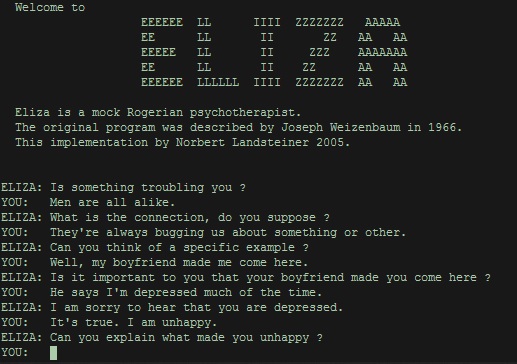
developed by joseph weizenbaum in the 1960s.
- I feel X.
- Why do you feel X?
- Because I think that Z.
- Is it really Z?
- Yes.
- Tell me more.
software as psychotherapy?
AI summers and winters
- 1956 -> 1970 (ELIZA, SHRDLU)
- 1980 -> 2000 (Deep Blue, Aladdin)
- 2010 -> now (Machine learning, deep learning, neural networks)
the fear of the singularity
ELIZA was one of those early programs which led us to believe that machines could become intelligent. The first chatbot, ELIZA was based on the personality of a Rogerian therapist (the kind of therapist which spits questions back at you... "i'm unhappy" "why are you unhappy?" "because i don't have any money" "why don't you have any money", etc.).
This led psychologists across the country to contact its creator, Joseph Weizenbaum, in order to use ELIZA in their hospitals. However, Weizenbaum refused, stating that this was but a parlor trick, a very simple system, a verbal mirror of sorts. The lesson here is that, no matter how rough or rudimentary the underlying algorithm might, our desire to believe in some sort of intelligence that we can interact with is a large component of how we construct artificial intelligence. None of the "smart" things that we have are actually smart, but for psychological and marketing reasons, we want to believe that these exist.
machine learning

if you give a machine enough examples of how to do one thing, it will figure out how to do it
The recent shift in machine learning has happened due to two changes: first, a change in how we approach the problem and, second, a change in how we can calculate the problem.
The approach of the problem was no longer to pre-establish a system of rules which could determine any outcome, but rather to present the outcome to the system and let it determine its own rules. Such an approach, like the Perceptron, invented in 1958, mimicked the human brain by connecting individual neurons to each other, and using the distributed power of these neurons for a single, binary output (i.e. determine whether a statement is true or not).
The second change is based both on hardware and on people. Hardware has been following Moore's law, which states that computing power doubles every other year for the same price, so we keep getting increasingly fast hardware to do the needful. People, on the other side, have been increasingly connected to computers of all sorts and, by doing so, have created more and more data to work with. Gigantic datasets, such as MNIST (handwritten numbers for check detection) or IMAGENET (for labelled images) have been handpieced by humans and can now be used to train neural nets.
Neural nets are a version of AI which only needs to see examples of what it needs to figure out, in order to figure it out. If you show it enough pictures of a cat, it will know what a cat is. If you show it enough criminal records, it will know when someone will be likely to commit a crime again.
issues in AI
what are some problems in the deployment of AI?
- opacity
- biais
To what extent do we want our rationality, judgment and morals to be handled by automated systems? What is it that's important that we might want to preserve? What is it that we might not want to preserve?
big data
https://www.tensorflow.org/datasets/catalog/celeb_a_hq
what is data
data vs. information
information is cultural - the moral machine
Data is any pattern of signal which can be meaningfully parsed (i.e. understood by a computer). Data only becomes information through interpretation.
While data means given, a more appropriate term would be capta, taken. In order for data to be useful, it needs to be accessed, and therefore catalogued. The structure of data, i.e. in relational databases becomes a political act on its own.
big data
big data is just a lot of data, with the assumption that you can get a qualitative step from quantitative mass.
when you talk to clients, it's artificial intelligence, when you talk to engineers, it's linear regression
Having incredibly large amounts of data can feed machine learning algorithms, and because more data results in more accurate results and could potentially prove that the whole of our existence is subject to the rules of computation.
Big data is quantification of all of human interactions on a computer system. With those data points, it becomes possible to build up a pool of raw material upon which to develop predictions.
the biases of big data
machine learning recreates the state of society as it is given to it.
the way you connect the dots is also a decision
-> structured databases
-> relational databases
the fallacy of big data
you can always have more
computers exist to solve problems we wouldn't have without computers
responses
responses
EU AI Act proposes a risk-based approach for CE labelling
- unacceptable risk is banned (e.g. social scoring)
- high-risk is legally framed (e.g. job filtering, grade assessment)
- limited risk (e.g. self-driving cars)
- legal sandboxes to help innovation
group checkin
requirements
- data collection
- web write-up
- conclusion addressing your initial hypothesis
programming basics
concepts in programming
- variables -> data
- functions -> algorithms
- if statements -> intelligence
var x = 4
var name = "max"
var isVaccinated = true
checkAsylumClaim()
if(claimant.age < 18) { ....... } else { ''''''''' }
practice
we are going to write a short program which automates border control.
organizing data
data structures:
person = {}
person['first'] = "justyna"
person['last'] = "poplawska"
algorithms:
if person['first'] in french_names:
print("welcome!")
else:
print("an error occurred, please retry later.")
web design
extending our show/hide feature
we can give arguments to functions:
function toggleElement(toggleID){
var el = document.getElementById(toggleID);
}
toggleElement("intro-text");
intra-page links
use the id="my-anchor" property to jump across points within a page
adding a sidebar menu
make two elements side-by-side with display: flex
make a function to scroll smoothly
conclusion
software today
algorithms are only as dangerous as the social context they support
homework
15min presentations - 10 + 5q&a